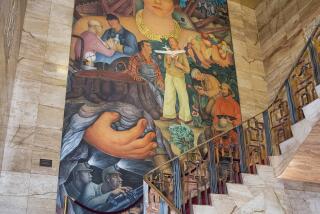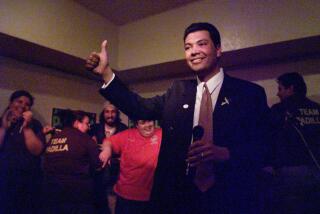Old Town: San Diego’s colorful heart
San Diego
Junípero Serra founded Alta California’s first mission here in 1769. You knew that.
But what happened after that? You may need a margarita to help digest this history properly. Try one from the Casa de Reyes in Old Town San Diego State Historic Park’s Plaza del Pasado, if you dare: 62 ounces for $18.95.
There. Now take a seat in the courtyard while the folkloric dancers get ready to spin and stomp.
Though Serra eventually moved his mission six miles up the valley, the Spanish soldiers stayed in the ocean-view presidio they’d built on the hilltop. And when Mexico gained its independence from Spain, a town began to grow at the foot of the presidio hill. By 1830, the U-shaped adobe Casa de Estudillo was one of several rough-hewn residences.
Passing through in about 1835, author Richard Henry Dana reported “about 40 dark brown-looking huts . . . and three or four larger ones, whitewashed.” Through the 1840s, more homes and shops arose.
But then the original San Diego suffered a triple-whammy: The U.S. took California from Mexico, the Gold Rush lured much of the able-bodied male population away, and a developer named Alonzo Horton decided to start a new San Diego on the flats closer to the ocean. There was a fire too -- an 1872 blaze that destroyed seven buildings in Old Town -- but even without that, energy had begun to flow away from the Spanish-speaking Old Town and toward the English-speaking new town. The new town became downtown.
But the old town -- make way for the folkloric dancers -- found an afterlife as a tourist haven. First, the Casa de Estudillo was billed as “Ramona’s Wedding Place” in a bid to capitalize on Helen Hunt Jackson’s popular novel. Then, in the 1930s, other entrepreneurs put up a Spanish Village. Finally in 1968, Old Town became a state park -- now one of the state’s top cash-generating parks, with 5.5 million visitors a year.
Dancers, guitarists, margaritas and merchandise -- all move fast at the historic park, which is surrounded by a neighborhood full of more food, drink and goods. (Some of the best goods can be found at Bazaar del Mundo, a complex of shops at 4133 Taylor St., and you can’t beat the atmosphere at Casa Guadalajara restaurant, 4105 Taylor St.)
Amid all the fun, some tourists barely notice the park’s three-dozen 19th century buildings. Two tour guides told me they’re forever having to tell visitors that yes, really, this all used to be part of Mexico. But for those who are curious, there’s plenty to see.
Members of the park’s interpretive team roam the plaza in period attire. Besides the rooms and courtyards of the Casa de Estudillo, the Machado y Stewart and Machado y Silvas adobes are restored with period furnishings. The Light-Freeman House, run as a saloon and provision store by two African American entrepreneurs in Mexican days, sells coffees and teas.
More to Read
Sign up for The Wild
We’ll help you find the best places to hike, bike and run, as well as the perfect silent spots for meditation and yoga.
You may occasionally receive promotional content from the Los Angeles Times.







